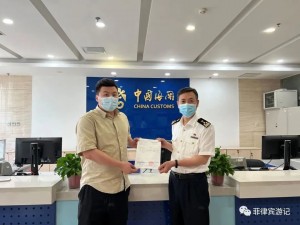The RCEP has come into effect and tariff concessions will benefit you in trade between China and the Philippines.
The Regional Comprehensive Economic Partnership (RCEP) was initiated by the 10 countries of the Association of Southeast Asian Nations (ASEAN), with the participation of China, Japan, South Korea, Australia and New Zealand, which have free trade agreements with ASEAN. A high-level free trade agreement comprising a total of 15 parties.
The signatories are, in effect, the 15 members of the East Asia Summit or ASEAN Plus Six, excluding India. The agreement is also open to other external economies, such as those in Central Asia, South Asia and Oceania. RCEP aims to create a single free trade market by reducing tariff and non-tariff barriers.
The agreement was officially signed on November 15, 2020, and after the final State party, the Philippines, formally ratified and deposited the RCEP ratification instrument, it officially entered into force for the Philippines on the 2nd of this month, and since then the agreement has entered the stage of full implementation in all 15 member countries.
After the agreement came into force, members began to honor their tariff reduction commitments, mainly to “immediately reduce to zero tariffs or reduce to zero tariffs within 10 years.”
According to World Bank data in 2022, the RCEP region has a combined population of 2.3 billion, accounting for 30% of the global population; Total gross domestic product (GDP) of $25.8 trillion, accounting for 30% of global GDP; Trade in goods and services totaled US $12.78 trillion, accounting for 25% of global trade. Foreign direct investment totaled $13 trillion, accounting for 31 percent of the world’s total. In general, the completion of the RCEP free Trade area means that about one-third of the global economic volume will form an integrated large market, which is the world’s largest free trade area.
After the RCEP takes full effect, in the field of Trade in goods, the Philippines will implement zero-tariff treatment for Chinese automobiles and parts, some plastic products, textiles and clothing, air conditioning and washing machines on the basis of the ASEAN-China Free Trade Area: After the transition period, the tariffs on these products will be reduced from the current 3% to 30% to zero.
In the area of services and investment, the Philippines has committed to open its market to more than 100 service sectors, especially in the maritime and air transport sectors, while in the areas of commerce, telecommunications, finance, agriculture and manufacturing, the Philippines will also give foreign investors more definitive access commitments.
At the same time, it will also enable Philippine agricultural and fishery products, such as bananas, pineapples, mangoes, coconut and durians, to enter the huge market in China, creating jobs and increasing incomes for Philippine farmers.
Post time: Jul-24-2023





